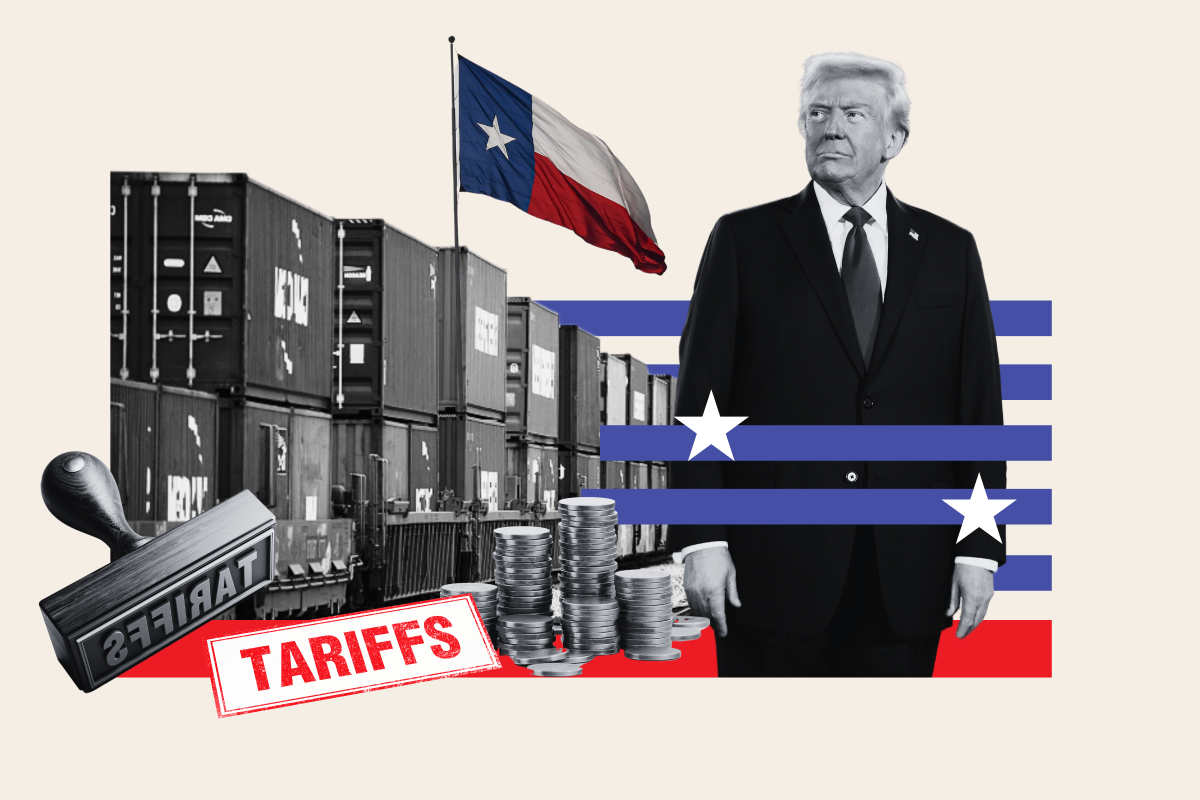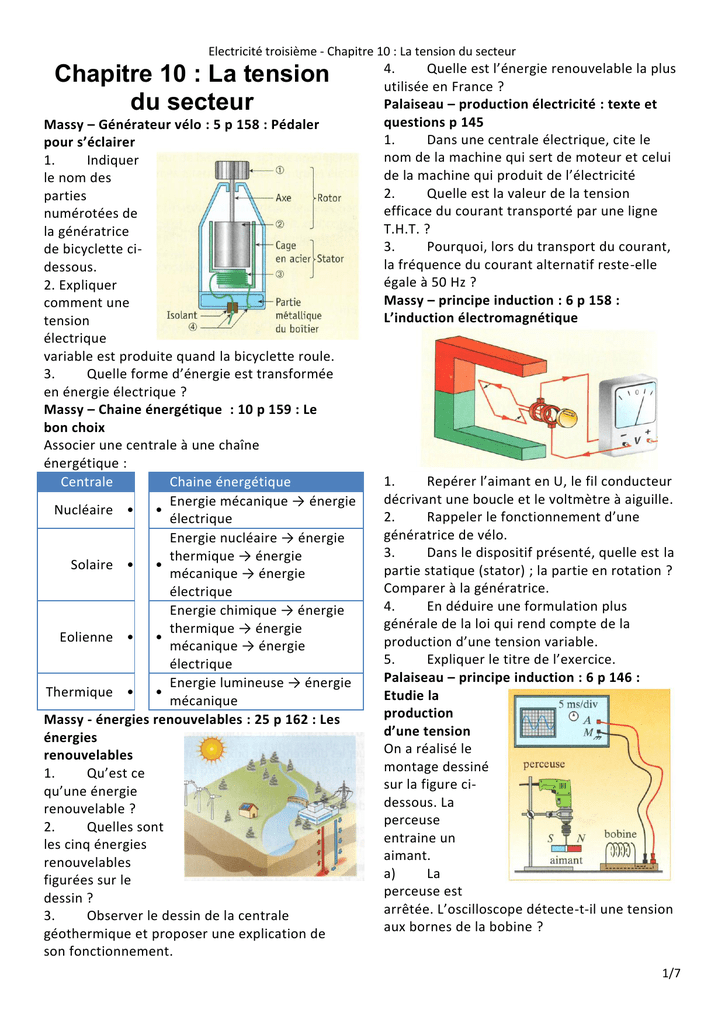The $16 Billion Question: How Trump's Tariffs Will Affect California

Table of Contents
Agricultural Impacts of Trump's Tariffs on California
California's agricultural sector, a cornerstone of its economy, was significantly impacted by Trump's tariffs. Retaliatory tariffs imposed by other countries in response to US tariffs directly affected key California agricultural exports.
The Decline in Agricultural Exports
- Almonds: Retaliatory tariffs from China, a major importer of California almonds, led to a significant drop in exports, resulting in millions of dollars in lost revenue for almond growers.
- Wine: Similar challenges faced California wineries, as tariffs imposed by the European Union and China reduced export volumes and profitability.
- Dairy Products: Dairy farmers experienced decreased demand for their products in countries that implemented retaliatory tariffs.
These tariffs disrupted established trade agreements, leading to uncertainty and instability in the agricultural market. The impact was felt acutely by farmers, leading to:
- Reduced farm income: Many farmers reported significant decreases in their overall revenue.
- Job losses: The decline in exports resulted in job losses throughout the supply chain, impacting farm workers, processing plant employees, and related businesses.
Increased Costs for Farm Inputs
Tariffs also impacted the cost of essential farm inputs. Tariffs on imported machinery, fertilizers, and pesticides increased production costs for California farmers.
- Increased machinery prices: Farmers faced higher costs for tractors, irrigation equipment, and other vital machinery, squeezing profit margins.
- Higher fertilizer costs: Increased prices for fertilizers reduced farm profitability and impacted crop yields.
These increased input costs translated into higher food prices for consumers, affecting the entire agricultural supply chain.
Government Support and Mitigation Efforts
The US government implemented some programs to assist farmers impacted by tariffs, including direct payments and trade mitigation programs. However, the effectiveness of these programs in offsetting the negative impacts of the tariffs remains a subject of debate. The long-term effects of these support packages need further investigation.
Manufacturing and Industry Under Trump's Tariffs
California's diverse manufacturing sector, encompassing technology, automotive parts, and other industries, also experienced the consequences of Trump's tariffs.
The Impact on California's Manufacturing Sector
Many California manufacturers relied on imported components or exported finished goods. Tariffs disrupted these supply chains, creating challenges for several industries.
- Technology Manufacturing: The tech sector, a major component of California's economy, faced challenges due to tariffs on imported components used in electronics manufacturing.
- Automotive Parts: California's automotive parts manufacturers experienced increased costs for imported materials, impacting production and competitiveness.
The ripple effect included factory closures, reduced production, and job losses.
Increased Costs for Businesses
Tariffs increased the price of imported materials, impacting production costs and consumer prices. Businesses faced the choice of absorbing these increased costs or passing them on to consumers through higher prices. This decreased competitiveness, particularly for businesses relying on global supply chains.
- Increased material costs: Businesses saw a significant increase in the cost of raw materials and intermediate goods, reducing their profit margins.
- Reduced competitiveness: Higher production costs made it harder for California businesses to compete with foreign manufacturers.
Shifting Production and Reshoring
Some businesses responded to tariffs by shifting production to countries with lower tariffs or by reshoring – bringing manufacturing back to the US. While reshoring can mitigate the impact of tariffs, it often presents logistical challenges and high capital costs.
The Socioeconomic Consequences of Trump's Tariffs in California
The economic consequences of Trump's tariffs extended beyond individual businesses, having a significant impact on California's socioeconomic landscape.
Job Losses and Unemployment
Trump’s tariffs contributed to direct and indirect job losses in California's agricultural and manufacturing sectors. Specific unemployment statistics in affected sectors are crucial for a comprehensive understanding of the impact. Analyzing which demographic groups were disproportionately affected is also critical.
Impact on Consumer Prices
Tariffs increased the price of various goods for California consumers, impacting the cost of living. The impact was particularly noticeable for goods reliant on imported components. Examples include electronics, automobiles, and certain food products.
Political and Social Fallout
The economic fallout from Trump's tariffs fueled political and social debate in California. The effects on different communities, coupled with rising costs of living, significantly influenced public opinion and political discourse.
Conclusion
Trump's tariffs imposed a substantial economic burden on California, with estimates reaching $16 billion. The consequences were widespread, affecting the agricultural sector through decreased exports and increased input costs, impacting manufacturing with higher material prices and supply chain disruptions, and resulting in job losses and increased consumer prices. The socioeconomic consequences rippled through communities, influencing political and social landscapes. Understanding the long-term effects of trade policies like those implemented with Trump's tariffs is crucial for California's economic future. Further research and analysis are needed to fully grasp the lasting impact and inform future trade strategies. Continue learning about the lasting effects of Trump's tariffs on the California economy and their implications for future trade policy.

Featured Posts
-
 Un Marche Famelique Pour Les Gardiens Trouver Du Travail Dans Un Secteur En Tension
May 15, 2025
Un Marche Famelique Pour Les Gardiens Trouver Du Travail Dans Un Secteur En Tension
May 15, 2025 -
 Maple Leafs Vs Red Wings Tonights Nhl Game Prediction Picks And Odds
May 15, 2025
Maple Leafs Vs Red Wings Tonights Nhl Game Prediction Picks And Odds
May 15, 2025 -
 Sensex Rises These Stocks Jumped Over 10 Today On Bse
May 15, 2025
Sensex Rises These Stocks Jumped Over 10 Today On Bse
May 15, 2025 -
 Analysis 5 Dozen Eggs A Look At The Recent Price Drop
May 15, 2025
Analysis 5 Dozen Eggs A Look At The Recent Price Drop
May 15, 2025 -
 Dodgers Hyeseong Kim Fuels Doubleheader Sweep With Homer And Two Steals
May 15, 2025
Dodgers Hyeseong Kim Fuels Doubleheader Sweep With Homer And Two Steals
May 15, 2025
